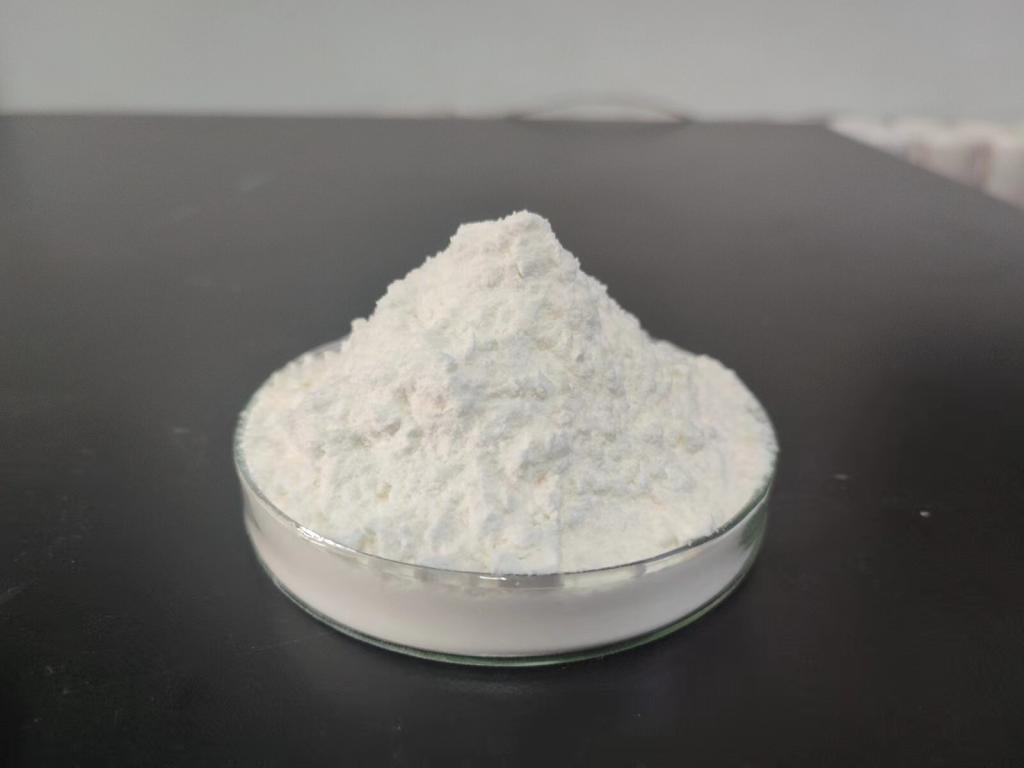Tel:+8618231198596

News
 CONTACT
CONTACT
 CONTACT
CONTACT
- Linkman:Linda Yao
- Tel: +8618231198596
- Email:linda.yao@dcpharma.cn
- Linkman:CHARLES.WANG
- Department:Overseas
- Tel: 0086 0311-85537378 0086 0311-85539701
News
ε-Polylysine Hydrochloride: Potential Role in Combating Emerging Infectious Diseases.
TIME:2024-06-06
Understanding ε-Polylysine Hydrochloride:
ε-Polylysine hydrochloride is a biopolymer composed of multiple lysine residues linked by peptide bonds. It is produced by strains of Streptomyces albulus and exhibits potent antimicrobial activity against bacteria, fungi, and viruses. Approved for use as a food preservative in several countries, ε-polylysine hydrochloride is safe, effective, and biodegradable, making it a promising candidate for combating emerging infectious diseases.
Mechanisms of Action:
a. Disruption of Cell Membranes: ε-Polylysine hydrochloride interacts with microbial cell membranes, leading to membrane disruption and leakage of intracellular contents, ultimately causing cell death.
b. Inhibition of Protein Synthesis: ε-Polylysine hydrochloride can also inhibit protein synthesis in susceptible microorganisms, further contributing to its antimicrobial activity.
Applications in Combating Emerging Infectious Diseases:
a. Antiviral Activity: ε-Polylysine hydrochloride has shown efficacy against a variety of viruses, including influenza, coronaviruses, and herpes simplex virus, making it a potential therapeutic agent for viral infections with pandemic potential.
b. Antibacterial Properties: ε-Polylysine hydrochloride exhibits broad-spectrum antibacterial activity against both Gram-positive and Gram-negative bacteria, including drug-resistant strains such as methicillin-resistant Staphylococcus aureus (MRSA) and carbapenem-resistant Enterobacteriaceae (CRE).
c. Antifungal Effects: ε-Polylysine hydrochloride demonstrates fungicidal activity against pathogenic fungi such as Candida albicans and Aspergillus fumigatus, offering potential applications in the treatment of fungal infections.
Advantages of ε-Polylysine Hydrochloride:
a. Safety: ε-Polylysine hydrochloride is derived from natural sources and has been extensively studied for its safety profile, making it suitable for use in humans and animals without significant adverse effects.
b. Efficacy: ε-Polylysine hydrochloride exhibits potent antimicrobial activity at low concentrations, making it effective against a wide range of pathogens, including multidrug-resistant strains.
c. Stability: ε-Polylysine hydrochloride is stable under various environmental conditions, including temperature, pH, and salt concentration, ensuring its efficacy in diverse applications.
Implementation Strategies:
a. Drug Development: Further research is needed to explore the therapeutic potential of ε-polylysine hydrochloride in treating specific infectious diseases, including clinical trials to evaluate its safety, efficacy, and pharmacokinetics in humans.
b. Formulation Optimization: Developing novel formulations and delivery systems to enhance the bioavailability and stability of ε-polylysine hydrochloride for systemic administration or topical application.
c. Regulatory Approval: Seeking regulatory approval for the use of ε-polylysine hydrochloride as a therapeutic agent in various countries, including the United States, Europe, and Asia, to facilitate its availability and accessibility to patients.
Case Studies and Success Stories:
a. In vitro Studies: Several in vitro studies have demonstrated the efficacy of ε-polylysine hydrochloride against a wide range of pathogens, providing preliminary evidence of its potential as a therapeutic agent for infectious diseases.
b. Animal Studies: Animal studies have shown promising results in terms of efficacy and safety of ε-polylysine hydrochloride in treating bacterial, viral, and fungal infections, laying the groundwork for further clinical development.
Challenges and Future Directions:
a. Resistance Development: Monitoring and addressing the potential for microbial resistance to ε-polylysine hydrochloride through surveillance programs and stewardship initiatives to preserve its efficacy over time.
b. Commercialization: Overcoming challenges related to scale-up production, cost-effectiveness, and market acceptance to facilitate the commercialization and widespread availability of ε-polylysine hydrochloride-based therapeutics.
c. Global Collaboration: Fostering collaboration among researchers, pharmaceutical companies, regulatory agencies, and public health organizations to accelerate the development and deployment of ε-polylysine hydrochloride-based interventions for combating emerging infectious diseases on a global scale.
Conclusion:
ε-Polylysine hydrochloride holds great promise as a versatile and effective antimicrobial agent for combating emerging infectious diseases. By harnessing its potent antimicrobial properties and advancing research and development efforts, we can develop innovative therapeutics to address current and future challenges in infectious disease control, safeguarding public health and promoting global well-being.
- Tel:+8618231198596
- Whatsapp:18231198596
- Chat With Skype







